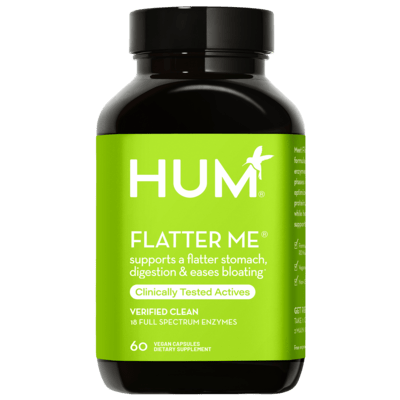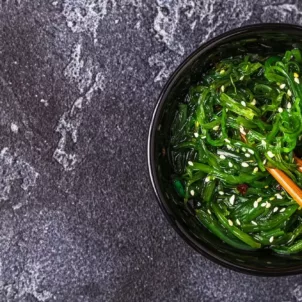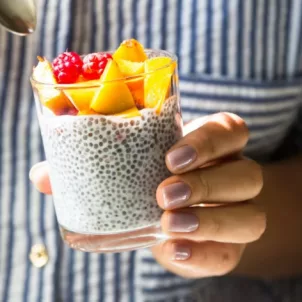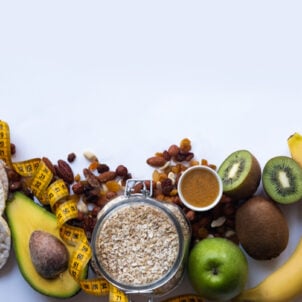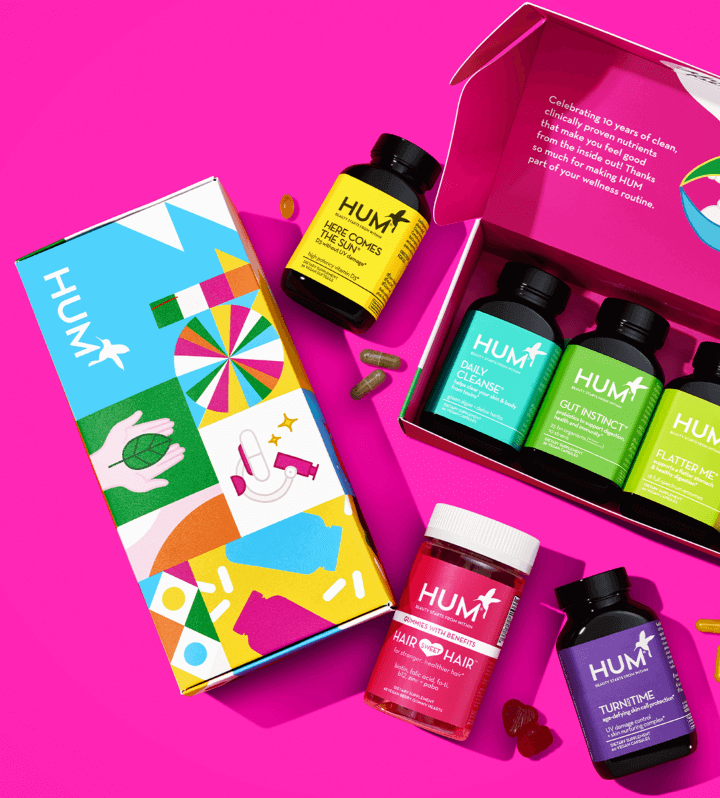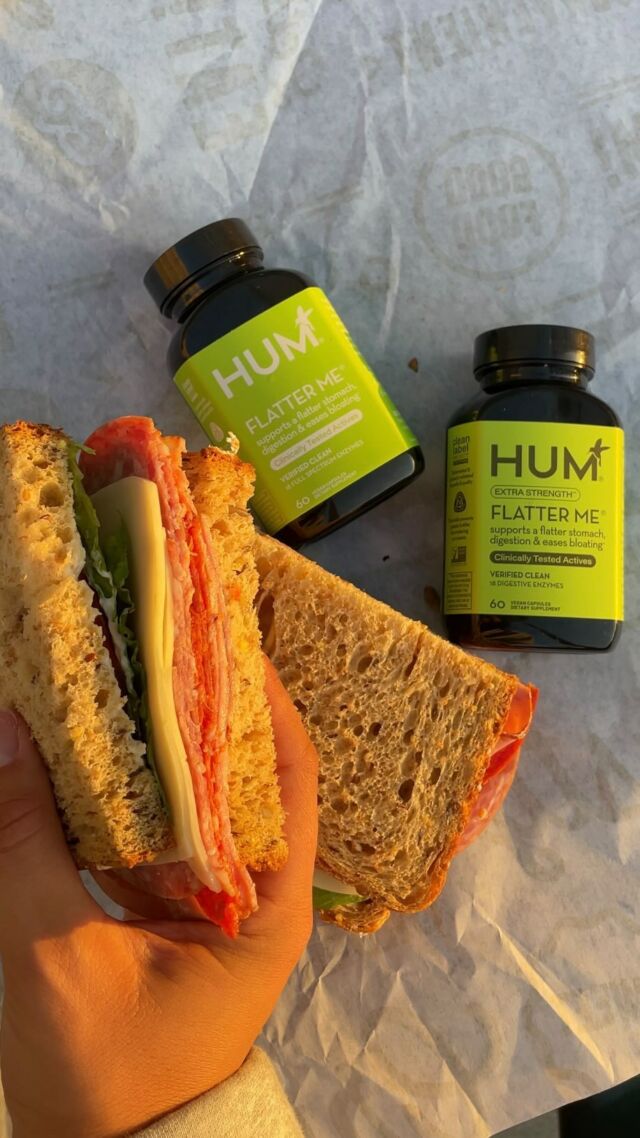This Bad Fat Is Hiding in All Your Favorite Foods
Don’t worry: Carrie Gabriel, MS, RDN, has healthy alternatives to trans fat.
Fat is essential. It pads our internal organs, helps our hormone systems run smoothly, provides us with energy, and assists in the absorption of vitamins from other foods. It also helps us maintain glossy, shiny hair and keeps our skin glowing.
But not all fats are created equal. Here are the key differences.First, which fats should we avoid?
Avoid fats that don’t occur naturally, such as artificial trans fats. These are manufactured fats, made by adding hydrogen to liquid vegetable oils in an industrial process.
Trans fats are linked to an increase in heart disease and are known to harden arteries. They also cause fat to gather in the midsection and block absorption of essential fatty acids, which help boost healthy skin.
 Be wary of processed foods, in which most trans fats are found. Think fried food, fast food, and baked goods such as doughnuts, pastries, pizza, cakes, pie crust, cookies, and crackers. (Is it just us, or are those all the best things?) It’s also common in stick margarines and other spreads.
Be wary of processed foods, in which most trans fats are found. Think fried food, fast food, and baked goods such as doughnuts, pastries, pizza, cakes, pie crust, cookies, and crackers. (Is it just us, or are those all the best things?) It’s also common in stick margarines and other spreads.
Luckily, this type of fat has been stripped out of many foods recently—but be careful. Read labels on packaged goods, because some companies might still include a minuscule amount of trans fat, say half a gram in one serving. If you don’t watch your servings, it can add up quickly.
saturated VS. unsaturated fats
Saturated Fats
This type of fat consists of a single bond between molecules in a fatty-acid chain. Saturated fats are solid at room temperature and has a higher melting point compared to unsaturated fats.
Ideally, saturated fats shouldn’t consist of more than 10 percent of a person’s recommended daily intake. Consuming too many saturated fats can increase a person’s bad cholesterol (low-density lipoprotein, aka LDL) and potentially increase risks for cardiovascular disease and/or heart attacks and strokes.
Food sources for these types of fats include fried foods, many packaged goods with refined sugars, margarine, cheese, whole milk, butter, and coconut oil, to name a few.
Unsaturated Fats
These fats have double bonds between molecules in a fatty-acid chain. A fatty-acid chain is monounsaturated if it contains one double bond, and polyunsaturated if it contains more than one double bond. Ideally, this type of fat accounts for no more than 30 percent of a person’s daily caloric intake. These types of fat reduce bad cholesterol (LDL) and help increase good cholesterol (high-density lipoprotein, aka HDL). They do this by helping to move the bad cholesterol to the liver where it can be metabolized. Oils rich in unsaturated fats also provide vitamin E, which is great for maintaining healthy skin. We encourage eating monounsaturated (one double bond) and polyunsaturated (more than one double bond) fats for these reasons.

Food sources for monounsaturated fats include olive oil, avocados, and other plant- and nut-based oils. Food sources for polyunsaturated fats include salmon, sardines, mackerel, flax, and hemp, to name a few.
What are the best fats to cook with?
The most ideal healthy fats for cooking are avocado, almond, and grapeseed oils.
Why? These oils can withstand high cooking temperatures. Avocado oil in particular has a high smoke point (520° F!) and a very mild flavor that makes it ideal for grilling, baking, and frying. Be sure to store it in a cool, dry, and dark place to prevent it from oxidization.

Almond oil is best for salad dressing and low-heat baking if it’s unrefined. It also has a very mild flavor, so it doesn’t overpower any dishes. If it’s refined, you can use it for higher-heat cooking, although ideally no more than 420° F.
Grapeseed oil is both heart-healthy and has a high smoke point (485° F). It also doesn’t have an overbearing taste. You can use it as a dressing or for stir frying and high-heat sautéing. Further, grapeseed oil also contains antioxidants and vitamin E, and may help increase HDL cholesterol levels.
